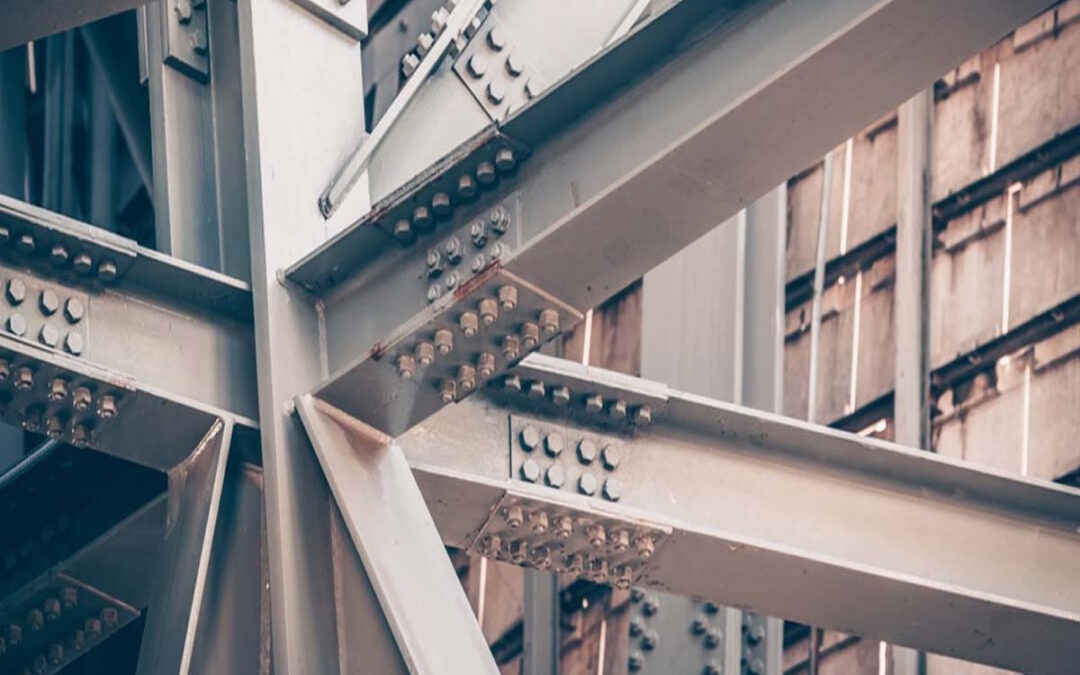Welding joints are crucial connections that bond metal components together, forming strong and durable structures. The choice of welding joint is essential as it directly impacts the integrity, strength, and functionality of the final product. In this article, we will explore the various types of welding joints commonly used in the industry, their characteristics, and their applications.
Butt Joint
The butt joint is one of the simplest and most commonly used welding joints. It involves joining two metal pieces along their edges, creating a straight-line seam. The edges can be prepared in various ways, including square, beveled, or V-grooved, depending on the thickness of the materials and the welding process used. Butt joints are widely utilized in structural welding, shipbuilding, and pipe connections.
Lap Joint
In a lap joint, the two metal pieces overlap partially or fully before welding. The joint’s strength depends on the degree of overlap and the welding technique applied. Lap joints are straightforward to execute and commonly used in sheet metal fabrication, making them ideal for applications such as automotive bodywork and household appliances.
T-Joint
The T-joint, as the name suggests, forms a “T” shape when two metal pieces are joined at right angles. One metal piece is placed perpendicularly to the surface of the other, forming the vertical part of the “T.” This joint is widely used in framework construction, where vertical members intersect with horizontal beams.
Corner Joint
Corner joints are employed when two metal pieces meet at a 90-degree angle to form a corner. The welding can be performed externally on one side of the joint or internally on both sides. Corner joints are commonly found in the fabrication of box structures, frames, and cabinets.
Edge Joint
The edge joint connects two metal pieces by their edges, typically at right angles. This joint is often used when assembling sheet metal or when welding metal strips together to form a continuous piece. Edge joints are frequently seen in the manufacturing of ducts, cylinders, and tubing.
Lap Fillet Joint
The lap fillet joint is a combination of the lap joint and the fillet joint. It involves overlapping two metal pieces while also applying fillet welds along the joint’s edges. This joint provides significant strength and is commonly used in sheet metal assembly, trusses, and reinforcements.
Corner Fillet Joint
The corner fillet joint connects two metal pieces that meet at an angle, typically 90 degrees. Fillet welds are applied along the corner to fuse the components together. This joint is widely used in structural welding, including building frames and metal furniture.
T-Fillet Joint
In a T-fillet joint, a fillet weld is applied between the end of one metal piece and the surface of the other, forming a T-shape. This type of joint is utilized in numerous applications, including brackets, cross members, and stiffeners.
Conclusion
Selecting the appropriate welding joint is essential for achieving strong and reliable metal connections in various industrial applications. Each type of welding joint has its strengths and is suitable for specific scenarios. Understanding the characteristics and applications of butt joints, lap joints, T-joints, corner joints, edge joints, lap fillet joints, corner fillet joints, and T-fillet joints empowers welding professionals to make informed decisions and produce high-quality welded structures.
When combining the right welding joint with the appropriate welding technique, welders can create robust and durable assemblies that meet the demands of modern industries, ensuring the safety and reliability of structures, equipment, and products.

